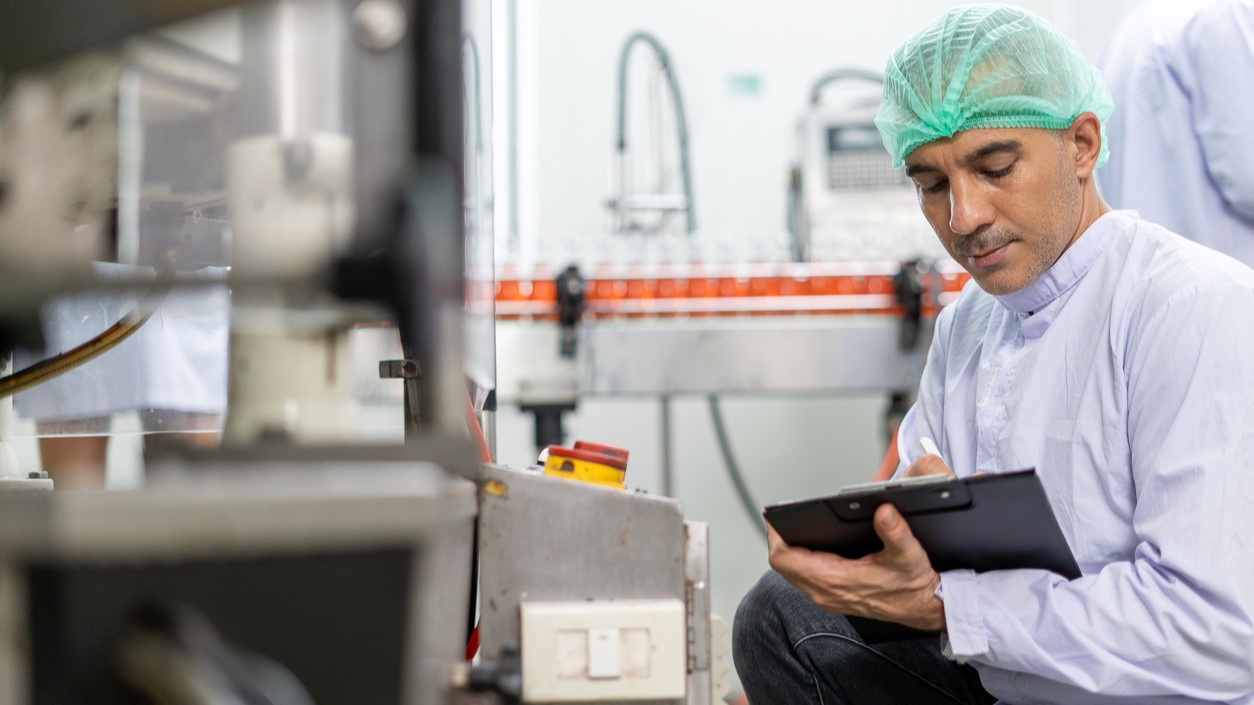Striking the Perfect Balance of Food Safety Technology and Human Oversight
Every day, new advancements in technology are transforming standards and processes in every industry — including food safety.
Newer tools like sensors, environment control systems, robotics, and AI are changing everything from food and beverage processing facilities to transport vehicles, augmenting the work done by frontline employees. As these new technologies become more commonplace, they will have a lasting and permanent impact on operations and the way employees perform their duties.
Food safety technology can help mitigate risk and support staff, but it’s important to maintain adequate training, appropriate worker allocation, accountability, and a workplace culture dedicated to food safety. Read on to learn how to strike the right balance between frontline staff and food safety technology.
Keeping Food Safety Technology in Perspective
Food safety technology is critical to maintaining quality in a competitive environment, but it’s important to avoid overreliance on tools. Human oversight is crucial for interpreting data, making critical decisions, and addressing unforeseen issues, but if operators and management assume technology alone can guarantee food safety, it can create a false sense of security. Here are some risk factors to keep in mind when implementing food safety technology:
- Technical Failures
Though automated systems remove the potential for human error from a process, technology is not infallible, and mechanical and software failures can occur at any time. If the technology responsible for monitoring food safety malfunctions or is not properly maintained, it can allow contamination, compliance, or other breaches to go unnoticed, putting the public at risk. Workers should regularly confirm that equipment is functioning properly and conduct preventative maintenance according to manufacturer guidelines.
- Cybersecurity Vulnerabilities
As food safety systems become increasingly connected and reliant on digital technology, they become more vulnerable to cybersecurity threats. Unfortunately, all technology is vulnerable to hackers, and a tech-first food processing facility could be a prime target. Bad actors could potentially manipulate data, disrupt operations, or introduce contaminants — all of which might go undetected without diligent human oversight. Food and beverage operations that use internet-connected technology should regularly consult with cybersecurity experts to mitigate risks and ensure their equipment has not been compromised. - Overcollection of Data
Tools like sensors and environmental monitoring programs can generate vast amounts of data related to food safety. Without effective data analysis and interpretation, workers might miss signs of a critical issue, essentially negating all the benefits of the data collection in the first place. Food safety managers should think carefully about what type of information they actually need from technology and adjust databases appropriately.
Food safety technology can’t replace people
As the global food supply chain becomes increasingly interconnected, there are greater risks for contamination, adulteration, and other public health hazards. Using food safety technology effectively is critical to monitoring conditions, detecting issues, and mitigating risk, but overreliance on technology can create a false sense of security. At the end of the day, food safety technology works best when balanced with human oversight and expert training.
AIB International has over a century of experience helping food and beverage manufacturers, distributors, and other industry stakeholders develop, execute, and train employees on advanced food safety practices for any type of operation. Maximize your investment in food safety technology by ensuring your team is up to date on the latest food safety processes and best practices. Learn more about our food safety course offerings here.


